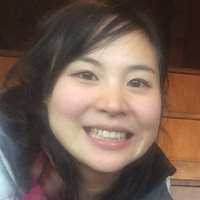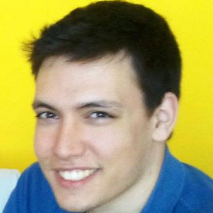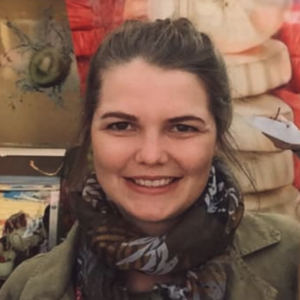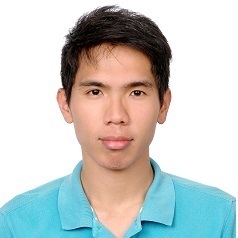Regressing Humans

Estimating the full 3D human pose and shape (HPS) directly from RGB images enables markerless motion capture and provides the foundation for human behavior analysis. Classical top-down model fitting approaches have several limitations, they require pre-computed keypoints, which are difficult to obtain in complex scenarios and for bodies with occlusions, they are computationally slow (> 30 seconds per image), and these methods are easily trapped in local minima. In contrast, regression methods directly learn the mapping between image pixels and 3D body shape and pose using a deep neural network.
The first HPS regressor, HMR [], is trained using only a 2D joint reprojection error by exploiting an adversarial loss that encourages the model to produce SMPL parameters that are indistinguishable from real ones. VIBE [
] generalizes HMR to videos by using a temporal discriminator learned from AMASS [
]. SPIN [
] uses the current regressor to initialize optimization-based fitting, which then serves as supervision to improve the regressor in a collaborative training framework.
Our recent work builds on HMR and SPIN, addressing their limitations. PARE [] learns to predict body-part guided attention masks to increase robustness to partial occlusions by leveraging information from neighboring, non-occluded, body-parts. SPEC [
] learns a network to estimate a perspective camera from the input image, and uses this to regress more accurate 3D bodies. TUCH [
] augments SPIN during training with 3D bodies that are obtained by exploiting discrete contacts during pose optimization, improving reconstruction performance for both self-contact and non-contact poses.
Typical HPS regressors work in two stages: they detect the human and then regress the body in a cropped image. ROMP [] replaces this with a single stage by estimating the likelihood that a body is centered at any image pixel along with a map of SMPL parameters at every pixel. ROMP estimates multiple bodies simultaneously and in real time.
Most methods regress SMPL parameters. ExPose [] estimates SMPL-X, including hand pose and facial expression, using body-part specific sub-networks to refine the hand and face parameters with body-driven attention. PIXIE [
] goes further, introducing a moderator that merges the features of different parts. PIXIE also increases realism by estimating gendered body shapes and detailed face shape.
Members
Publications













